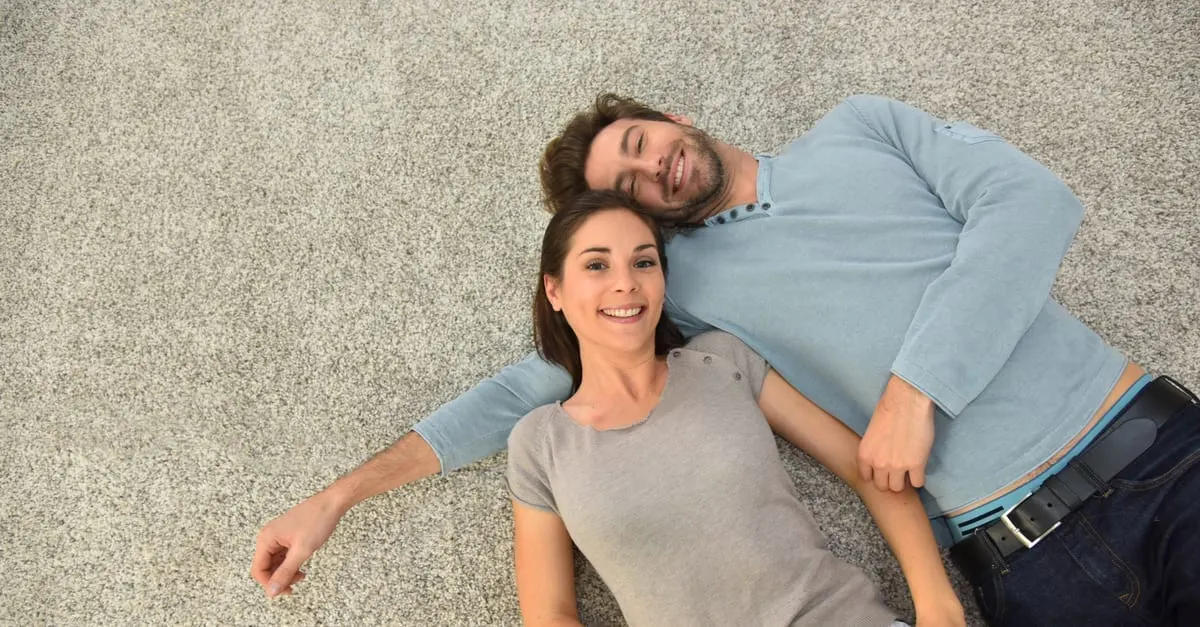Some carpets are designed for high-traffic areas, meant to stay strong and keep a uniform look under pressure.
Others are stain-resistant and perfect for homes with children or in areas that tend to get messy. There are plush, dense carpets just begging to be walked on.
And there are tightly looped, low-profile carpets that give any room a sophisticated feel. No matter what you prefer, there is a type of carpet that will be perfect for your space.
Types of Carpet
All carpets can be divided into two main categories: loop pile and cut pile. These terms describe the way the carpet fibers are woven, or piled, through the backing material.
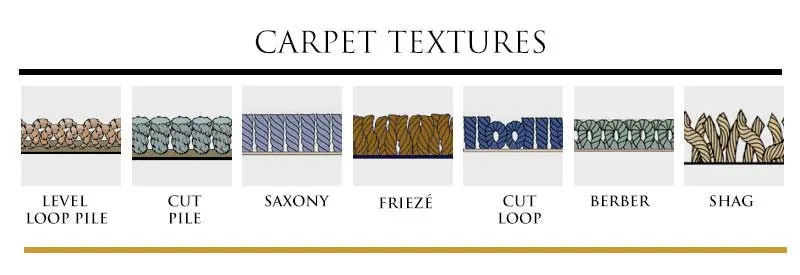
Image Source: Wayne’s Color Center Carpet One
When the fibers are looped, it’s considered loop-pile carpeting (like Berber). When fibers are looped and cut to separate the loops into uniform pieces, it’s called cut-pile carpeting (like Saxony, one of the most common carpet styles).
Cut-pile carpeting looks like it’s had a fresh haircut, with all the fibers at an equal length. Loop-pile carpeting looks more dense and tightly packed.
Choosing between loop- and cut-pile carpeting depends on where the carpet is going to go, how highly trafficked the area is, and the overall look you’d like the carpet to have. Let’s look at each of these options and how they differ.
Loop pile carpet types
Loop pile carpet is durable and recommended for high-traffic areas that are underfoot most often, like living rooms, foyers, and hallways. The looped fibers don’t show wear easily and hide vacuum lines.
It is a great choice for less trafficked areas, too, and many people like the way this type of carpeting looks. There are 3 types: Berber, level loop, and multilevel loop.
1. Berber
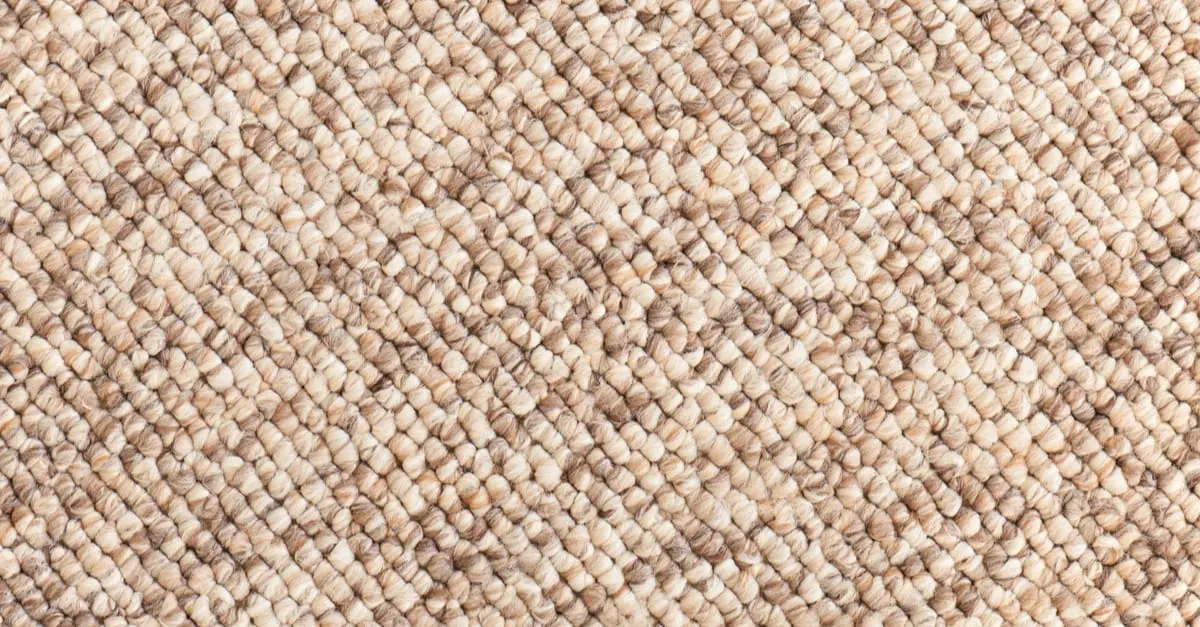
Glandstudio/Shutterstock
Cons: Not visually appealing or inviting. Loops fall apart when scratched by pets
Best For: Basements, hallways, high-traffic areas
Berber carpet is extremely popular and durable. The loops in this style are kept short, which gives the carpet an overall neat look. Short loops packed closely together create a carpet that is more stain-resistant than many other types.
It is suitable for high-traffic areas, including living rooms, family rooms, bedrooms, hallways, and offices. Berber carpet is pleasant to walk on, but it isn’t as plush as other types.
2. Level loop
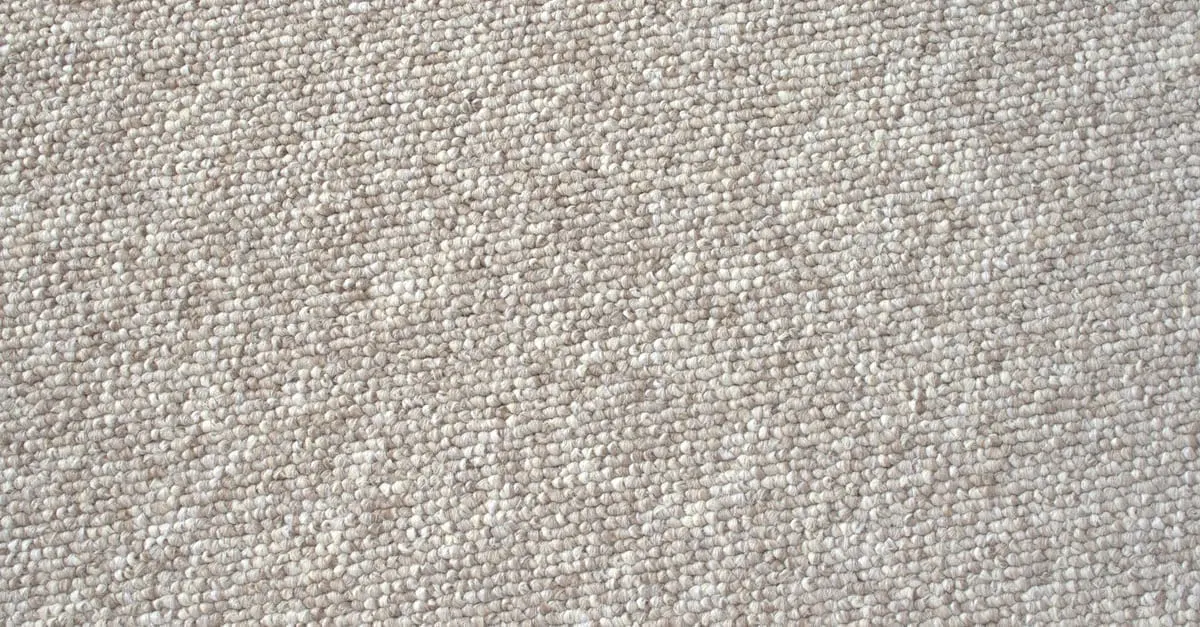
Dan Alto/Shutterstock
Cons: Rough texture, not visually appealing
Best For: Commercial buildings, schools
Level-loop carpet is an excellent choice for high-traffic areas and anywhere a perfectly uniform look is needed.
While Berber carpet uses short loops of roughly the same length, level loop carpet uses meticulously measured loops of material.
This results in a strong, symmetrical carpet that performs well underfoot. Level-loop carpet is pleasant to walk on but a bit stiffer than Berber carpet. It is best used in living and family rooms, bedrooms, offices, and hallways.
3. Multi-level loop
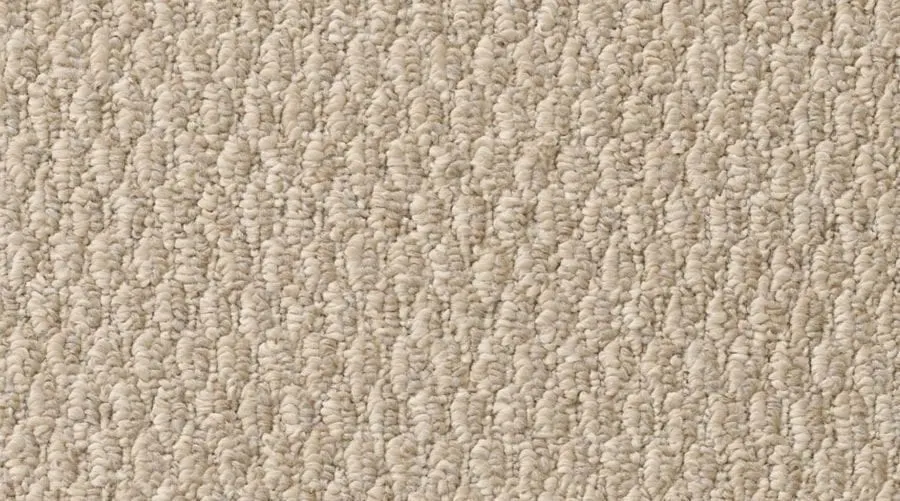
Image Source: Lowe’s
Cons: Rough texture, easily damaged by pets
Best For: Basements, older homes
Multi-level loop carpet offers the stain and wear resistance of Berber and level loop, but without as strong of a uniform look. The loops in different areas of the carpet will be longer or shorter, depending on the design of the carpet.
Over time, the longer loops become worn. This means the overall texture of the carpet can change.
It is best for bedrooms, home offices, and guest rooms that don’t get excessive foot traffic. This style often comes in unique patterns like squares, waves, or circles.
Cut Pile Carpet Types
Cut-pile carpet is sometimes called plush carpet. It’s the type that you can often see vacuum lines and footprints in. It’s best for areas without excessive foot traffic, like bedrooms, home offices, and basements.
Because the carpet fiber loops have been cut, those cut ends are not as strong as the intact loops in loop pile carpet and can’t withstand as much traffic without showing wear.
That’s not to say they won’t hold up over the years, though! As long as you choose a quality, dense carpet made with a durable material, it will stand the test of time.
Types of cut pile carpet include Saxony, Berber cut-pile, and frieze or shag carpeting.
1. Saxony
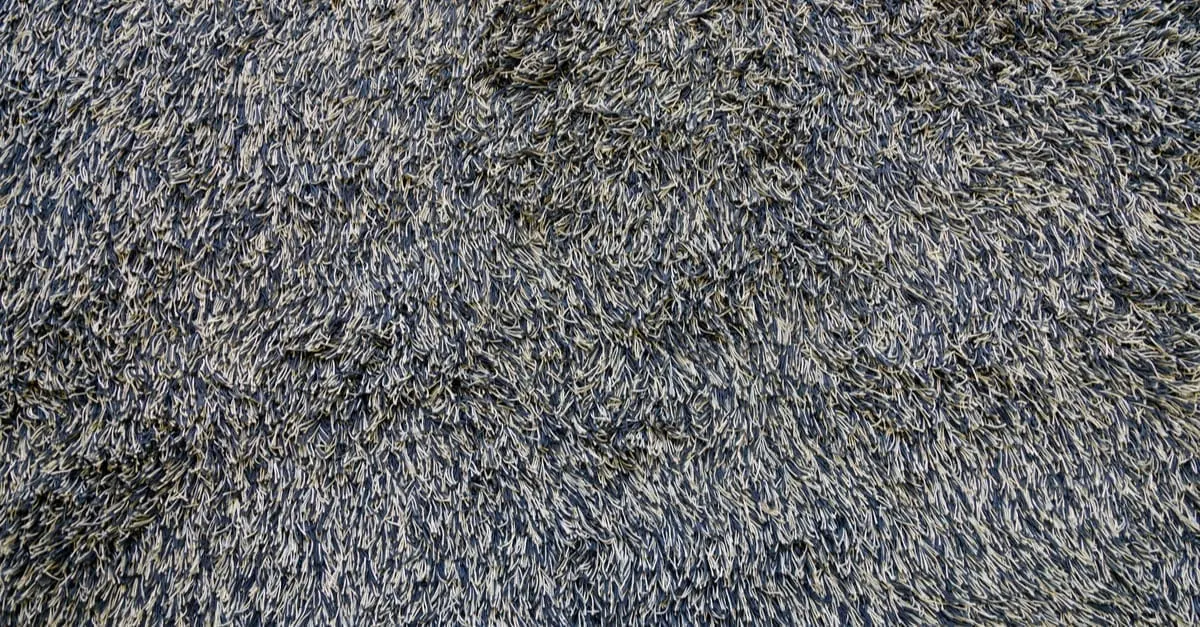
Peeradontax/Shutterstock
Cons: Hard to vacuum, expensive, mats over time
Best For: Living rooms and homes without pets or children
Saxony carpet is dense, plush, and most likely what comes to mind when you picture carpet. It’s a popular choice because it’s pleasant underfoot and uniform in appearance without being stiff.
The twisted fibers are all cut to about 1/2″ high and somewhat stain-resistant due to their twisted shape.
This type shows clear vacuum marks and footprints. It’s best for living and family rooms, bedrooms, and home offices. In hallways, it can get worn down along the most-walked paths.
2. Berber Cut-Pile
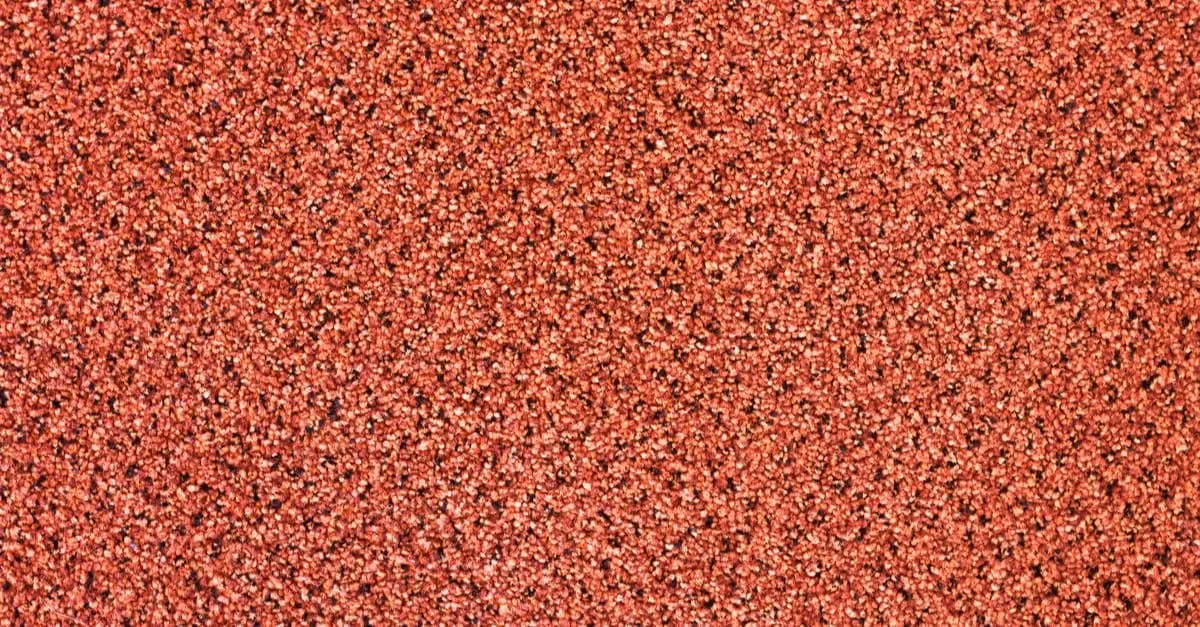
Jan Mika/Shutterstock
Cons: Not as inviting as Frieze or Saxony
Best For: Any room. Again, this is extremely versatile
Berber cut-pile is the best of both worlds, offering the plush density of cut pile carpeting with the stain and wear resistance of loop pile carpeting.
Essentially, the manufacturer starts out with a Berber carpet and cuts the loops to create a hybrid-style carpet. Strands tend to be very short.
Color options often include small flecks of coordinating colors that help disguise spills, crumbs, dirt, and stains. This type is good for bedrooms, offices, living rooms, and family rooms.
3. Frieze/Shag
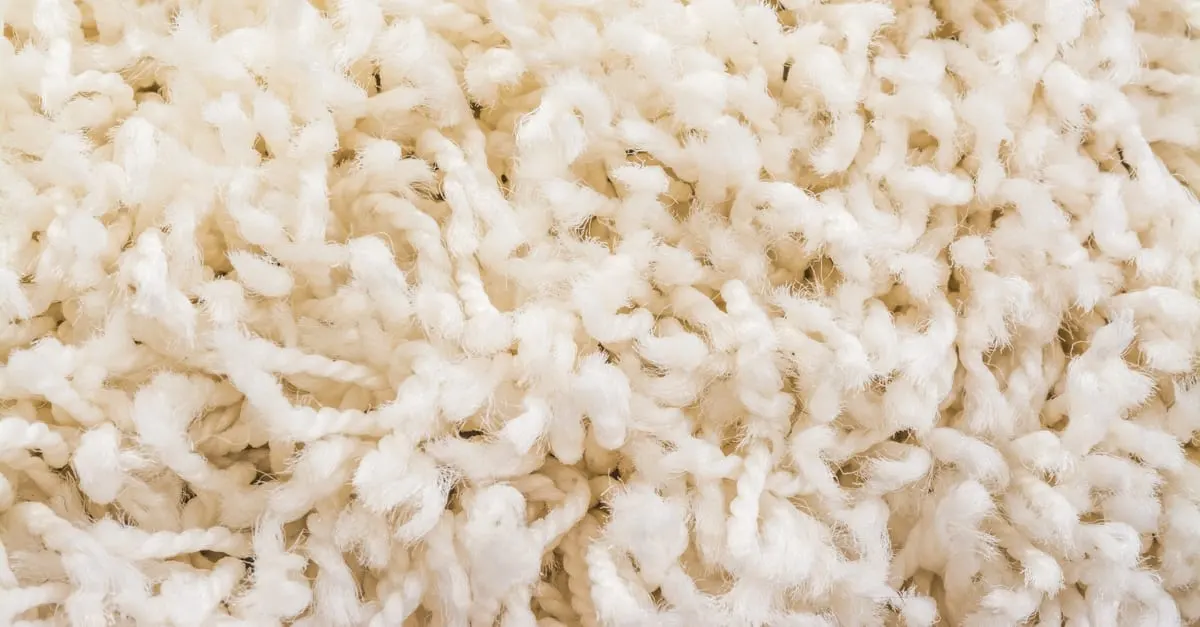
Gosteva/Shutterstock
Cons: Easily shows wear and can look cheap
Best For: Low-to-medium traffic areas, rental homes
Frieze, or shag, carpet is made up of curly, twisted fibers that sway in all directions and do a great job hiding footprints, crumbs, and dirt.
It has an informal look that can complement certain decor styles. It’s called frieze when the fibers are shorter and shag when the fibers are long.
Unfortunately, this open design can make it hard to deeply clean. It has developed a reputation for being more susceptible to wear and tear than other styles, but it’s actually a very durable carpet type. The Carpet Professor explains why:
“Frieze styles tend to have a higher tuft [fiber] twist (over 6 per lineal inch), which is why they are well-known for their durability and retaining a like-new appearance longer than many other styles.”
While frieze carpet is durable, it is not recommended for hallways or areas where clear paths of traffic form.
Carpet Materials
Carpet fibers can be made of nearly any synthetic or natural material, but a few materials are the most commonly used because they are more resistant to wear. These include nylon, olefin, acrylic, and wool.
- Nylon is the most common carpet material. Nylon carpet is strong and can be treated to be stain-resistant. As a synthetic material, it is extremely durable. It can create static and show some signs of wear in highly trafficked areas.
- Olefin, or polypropylene, is a strong material that stands up to the dreaded 3 M’s of carpeting: moisture, mold, and mildew. It is water-resistant but lacks the durability needed to stand up to high traffic. It is less expensive than nylon carpet.
- Acrylic is like a synthetic wool fiber and is known for its strong color that doesn’t easily fade. Static and stains don’t stand a chance with acrylic carpeting, making it a good choice for businesses and high-traffic zones. It is less expensive than natural wool. It is not as common as nylon, olefin, or wool.
- Wool is a natural fiber that carries a premium price tag because of its quality. Extremely durable and resistant to stains and wear, wool carpet is a good choice for rooms and areas that get a lot of foot traffic. It can create static. It is a “green,” eco-friendly carpet choice because it is 100% natural.
What’s the Best Type of Carpet for You?
Maybe your bright, modern living room needs low-profile, sturdy Berber carpet to hide dirt and give the room a sophisticated vibe.
Or perhaps your cozy bedroom would benefit from having a plush, comfy Saxony carpet that offers some visual interest.
Once you know the different types of carpet available, as well as the materials they can be made from, you can make the best possible carpeting choice for your home—one that will last for years and add a new level of comfort and style to your space.

